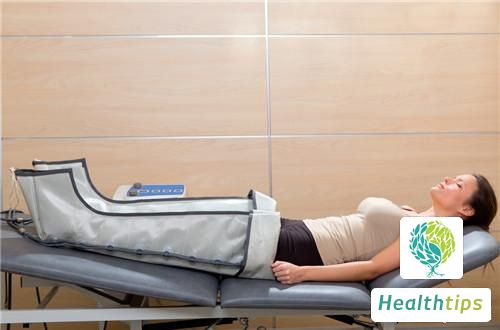Postural drainage is a method of draining secretions out of the body, mainly through tapping the back, shaking, and other gravitational means. It helps to expel the secretions inside the patient's abdominal cavity through the drainage tube. Diseases in the lungs and abdominal cavity are prone to infection, resulting in the accumulation of large amounts of pus. Keeping the patient in a prone or lateral position facilitates the suction of fluid and achieves the effect of expelling it from the body, assisting the body in effectively fighting diseases.

What are the benefits of postural drainage? Postural drainage refers to the gravitational drainage of secretions, often combined with chest manipulation techniques such as tapping and shaking, which can achieve significant clinical results. Therapists can refer to X-ray chest films to track lung secretions and monitor the effectiveness of pulmonary secretion clearance through blood gas analysis, providing objective oxygenation data. It primarily expels sputum, placing the diseased lung in a higher position with the drainage bronchus opening downward, facilitating the expulsion of sputum by gravity through the postural drainage tube.
Precautions for postural drainage: Firstly, postural drainage should be performed before meals, preferably in the morning and evening, as postprandial postural drainage increases the risk of vomiting. Secondly, it is crucial to communicate with the patient before drainage, preparing them psychologically and encouraging them to cough appropriately during the process. Additionally, the drainage position should not be too rigid, allowing the patient to accept it calmly while promoting sputum expulsion. Lastly, during postural drainage, always monitor the patient's condition. If symptoms such as hemoptysis, cyanosis, sweating, dizziness, or fatigue occur, immediately stop the procedure to avoid any danger to the patient. Perform postural drainage 3-4 times daily, with each session lasting approximately 15-30 minutes.

